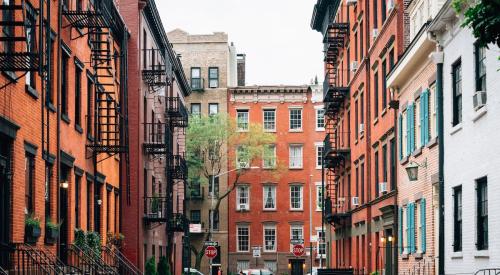The influx of ex-urbanites into the suburbs last year sparked conversations and concerns about the death of cities. But the connection between city and suburban real estate has proven to be much less binary than previously thought, says the New York Times. Manhattan sales activity compared to the suburban Westchester county now shows that Manhattan sales activity increased along with suburban sales activity. Westchester gains did exceed Manhattan’s, but the city’s market continues to steadily improve since its dramatic drop during the second quarter of 2020.
“This outbound pattern created the idea that the suburbs had their day at the cities’ expense, and that cities were over,” said Jonathan Miller, of Miller Samuel, the appraisal company. “As it turns out, the assumption that there’s a binary relationship between city and suburbs isn’t quite right, as measured by sales activity.”
Mr. Miller contributed data for this week’s chart, which provides a timeline of sales activity in Manhattan and the suburban county of Westchester, where activity is representative of that in other New York City suburbs.
By the end of the second quarter of 2020 — a couple of months into the pandemic market — sales in Manhattan had plummeted about 54 percent year over year. In Westchester, the drop in sales was about 27 percent. By Q3, six months into the pandemic, Manhattan sales had crept upward, about 46 percent lower compared with a year earlier, while Westchester’s were well on the rise, within 1 percent of the previous year’s levels. By Q4, the Westchester sales had surpassed the previous year by about 13 percent, while Manhattan sales were 21 percent lower.













